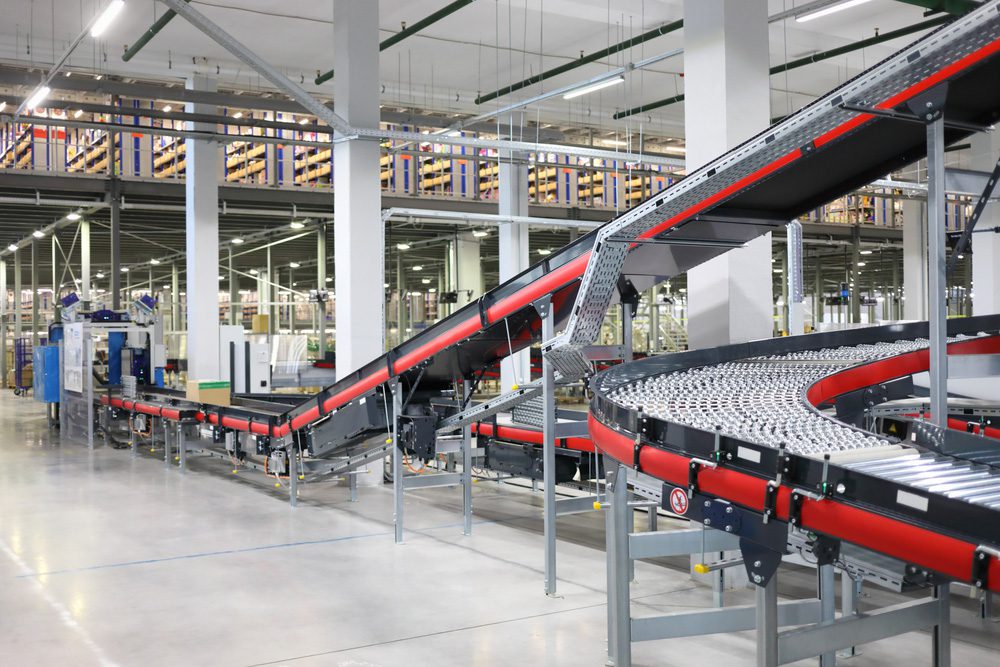The current challenges finding labor is going to drive us to do something we should have done a long time ago in the PCB industry: automation.
There are already a few PCB fabrication houses that are as automated as any PCB shop can get these days, with more moving in that direction.
These companies have taken automation to the cutting edge and the rest of us need to catch up and realize this is not only a necessity for our survival but will increase productivity and profitability.
I have been told that these “shops of the future” are able to build any technology PCB with essentially a “no touch” process system, and that they can build up to fifty million dollars’ worth of PCBs a year with less than thirty people. Many of their technical staff are not on site but work out of their home offices, managing the processes remotely.
This appears to be a salve for our industry, but capital investment in equipment to achieve this level of automation seems steep, right?
Well, the good news for us working in more traditional board houses is that there is hope. Plenty of conveyorized equipment is available today, allowing us to customize and automate our processes.
From material handling systems that connect one process step to another, to specialized stand-alone equipment (direct Imaging machines, automatic screen legend machines, connected strip and etch lines), are all currently available. Small steps towards automation will assist our facilities in overcoming the initial capital investment, while scaling up our knowledge of these best practices. Nothing usually happens at once but moving in this direction will undoubtedly set the precedent that we are on the right path.
There is no doubt that the answers to the long-standing labor shortages we have been facing are now in sight. It is simply a matter of time before most of our domestic PCB shops are at least partially automated, which is the long-term solution to our labor challenges.





